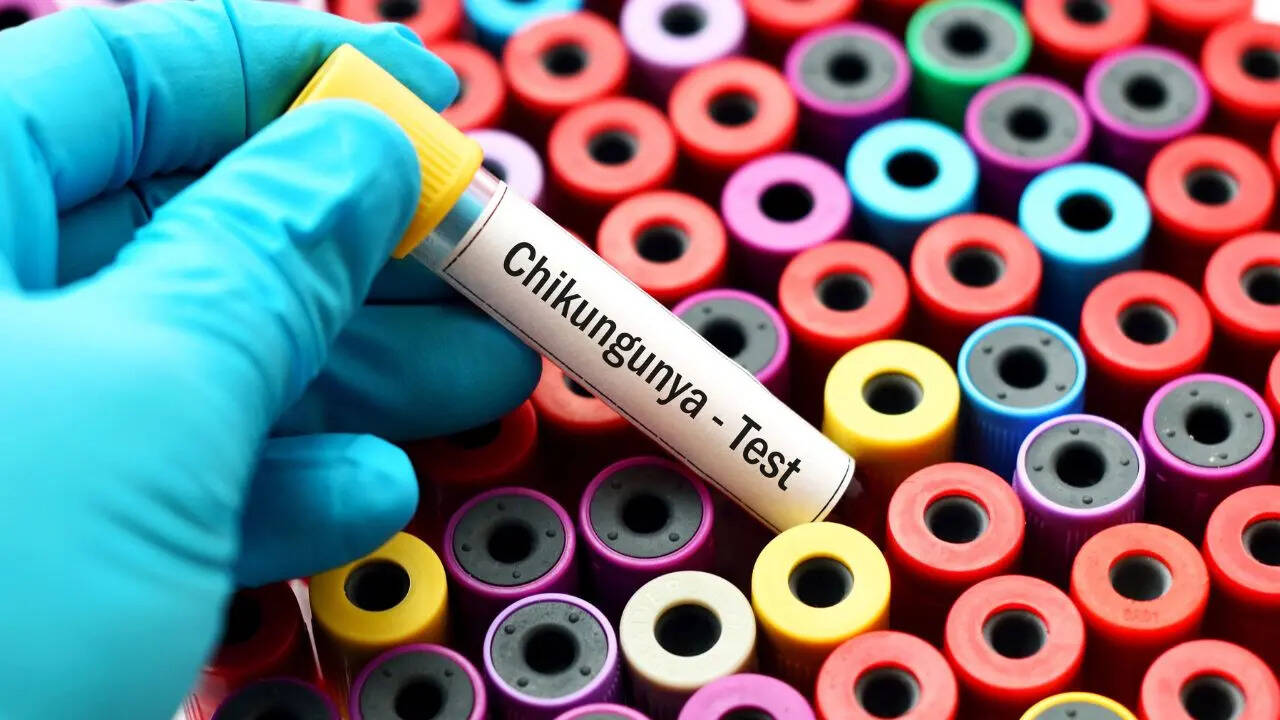As New York Reports Its First Chikungunya Case, Experts Warn Who Is Most at Risk

Credits: Canva
SummaryNew York has reported its first local case of chikungunya in over a decade. While most people recover within weeks, certain groups are at higher risk of severe symptoms or complications. Health officials urge precautions to avoid mosquito bites and monitor for lingering effects.
End of Article
